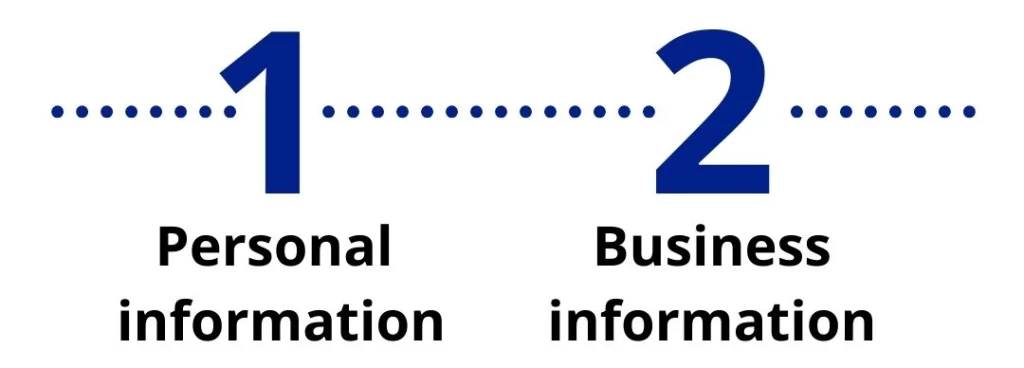How to reduce your small business’ electricity bill
Typically the most unpredictable expense for small businesses are energy bills. It’s estimated that small businesses across America spend over $60 billion a year on energy, and these expenses have been rising in recent years. The majority of this use is electricity. So what can your business do? Start by applying best practices from the list below.
11 Small business energy-saving tips
1. Purchase energy efficient office equipment. Before you replace or buy/lease new equipment for your business, make sure it is ENERGYSTAR-rated. ENERGYSTAR-rated products and appliances have been proven to be energy efficient and can help you reduce overall electricity usage.
2. Upgrade to LED lighting. One of the quickest and easiest ways to immediately lower your electricity usage is to upgrade your existing lighting to LED.
3. Get an energy audit. Energy audits can help you understand your baseline energy use and give a clear plan on how your business can save energy. Most utility companies offer free audits and will send a professional out to inspect your building for air leaks, poor insulation, etc. They can also point out opportunities to upgrade lighting or machinery to more energy efficient models, etc.
4. Reduce your peak demand. A great way to save on your electricity costs is to reduce your peak demand. Peak demand is the energy you use during the times of day where energy use is highest, this is generally 9am to 5pm. Common ways to reduce peak demand are to stagger work hours or start times, run heavy machinery at night or early morning and to conserve energy throughout the day.
5. Program your thermostats. This is especially relevant for businesses open only strictly 9-5 or a similar schedule. There is no need to heat or cool your office when it is not open for business. This can reduce your electricity usage significantly.
6. Make use of natural sunlight. If your office has abundant natural lighting, use it! On sunny days you might be able to turn some lighting off and thus use less electricity.
7. Get fans for your office. Fans increase airflow and help your HVAC system run more efficiently. By putting fans in warehouses, showrooms, kitchens, etc. you can reduce energy usage.
8. Make sure to turn off lights. In a typical office, lights stay on in areas that aren’t always in use like bathrooms, break rooms, and conference rooms. Making sure to turn them off when not in use or installing sensor lights can reduce your electricity usage.
9. Turn off computers and other equipment at the end of the day. Make sure you and your staff are in the habit of shutting computers off before leaving the office. Turning off devices at the end of the day is a simple way to save on energy costs.
10. Utilize power strips. Office equipment that is used sporadically throughout the day like printers and other peripherals can be plugged into a single power strip. This way 1 switch can turn off several devices.
11. If possible, think outside your building. If you are in charge of the landscaping at your building, take advantage of energy efficient landscaping. Planting trees strategically to provide shade in the summer or block winds can reduce heating and cooling costs.
6 ways to reduce heating and cooling costs
HVAC accounts for around 40% of the electricity used in commercial buildings per the US Small Business Administration. There are quite a few tips that can help you reduce these costs.
1. Get rid of heating/cooling loss. An easy way to reduce HVAC costs is to find and fix places that heat and a/c can escape. These are typically found in an energy audit, but can also fairly easily be found in-house.
2. Make sure to get regular maintenance on HVAC equipment. Yearly maintenance is fairly standard for most equipment. Not really sure where you would start? ENERGY STAR has a great maintenance checklist that can help.
3. Replace old HVAC equipment. Energy efficiency has come a long way in recent years. If your air conditioner is 10 years old, you could likely save 20% on cooling costs by replacing it with a newer unit. ENERGY STAR certified equipment is the ideal place to start shopping.
4. Make sure you don’t over-size any replacements. When replacing equipment, accidentally oversizing can drastically increase the cost to buy and install the new equipment. Be sure to consult with a certified HVAC professional to avoid this.
5. Replace air filters regularly. Some manufacturers recommend changing the monthly and others recommend every 3 months. Be sure to check your filters regularly and if they are dirty, change them. Dirty filters reduce airflow and make your HVAC system work harder, using more and more energy. Clean filters also help prevent dirt from entering your HVAC system, helping reduce expensive maintenance costs.
6. Seal and insulate air ducts. Ducts move your hot and cold air around and if they aren’t properly sealed or insulted it can be a large energy drain. Prioritize ducts that run through unheated basements, attics and crawl spaces. Properly sealing and insulating air ducts can improve your HVAC’s efficiency by up to 20%.
Looking to get lower energy rates? Get a free quote today!


